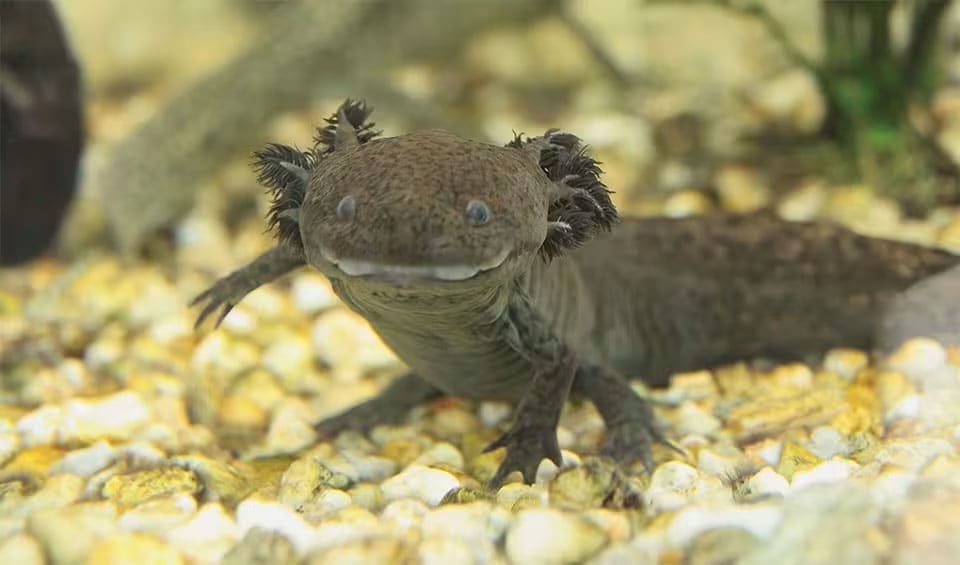An extraordinary amphibian species renowned for its unique characteristics, intriguing history, and significant role in scientific research. The name “Axolotl” is derived from the Aztec god Xolotl, who was associated with fire and lightning and could transform into a salamander-like creature.
These amphibians possess an exceptional capacity for tissue and organ regeneration throughout their entire lives. This remarkable trait has made them highly valuable in biomedical research labs, where they are often compared to the “white mice” of amphibians. Researchers study axolotls to uncover the secrets of regeneration, hoping to apply their findings to regenerative medicine and understanding the processes of wound healing and tissue repair in humans.
Axolotls display fascinating behaviors, including a somewhat unusual feeding habit. Newly hatched axolotls have been observed nibbling on the limbs of their siblings while awaiting their first proper meal. Remarkably, the bitten limbs eventually grow back, showcasing their extraordinary regenerative powers in action.
These remarkable amphibians are native to only two lakes in Mexico: Lake Xochimilco and Lake Chalco. Unfortunately, both of these habitats face critical conservation challenges. The axolotl population in the wild is under severe threat due to pollution, habitat destruction, and the diversion of water resources for human use. As a result, both Lake Xochimilco and Lake Chalco are classified as Critically Endangered ecosystems.
Distribution
 Mexico
MexicoAnything we've missed?
Help us improve this page by suggesting edits. Glory never dies!
Suggest an editGet to know me
Terrestrial / Aquatic
Altricial / Precocial
Polygamous / Monogamous
Dimorphic (size)/ Monomorphic
Active: Diurnal / Nocturnal
Social behavior: Solitary / Pack / Herd
Diet: Carnivore / Herbivore / Omnivore / Piscivorous / Insectivore
Migratory: Yes / No
Domesticated: Yes / No
Dangerous: Yes / No





